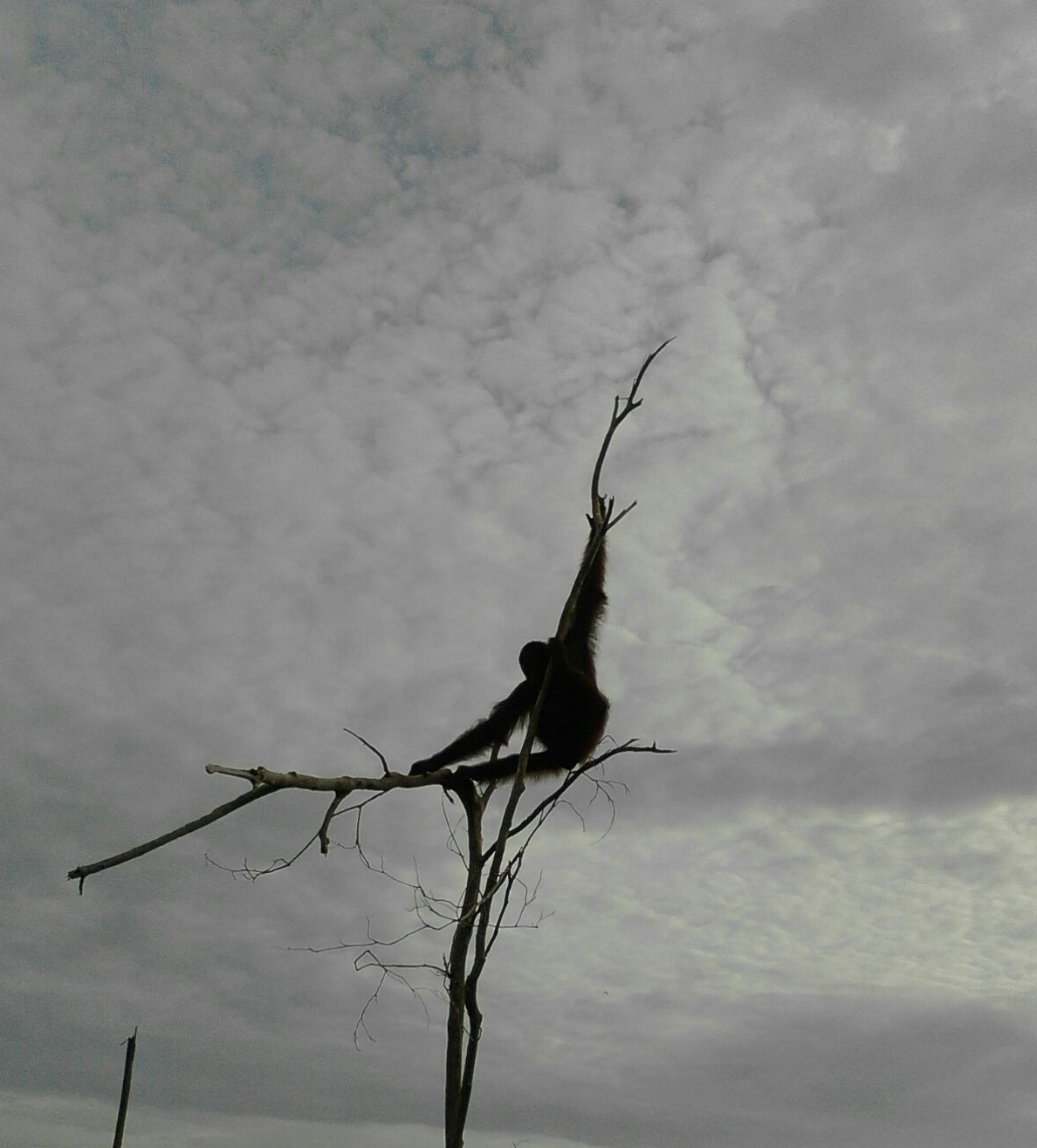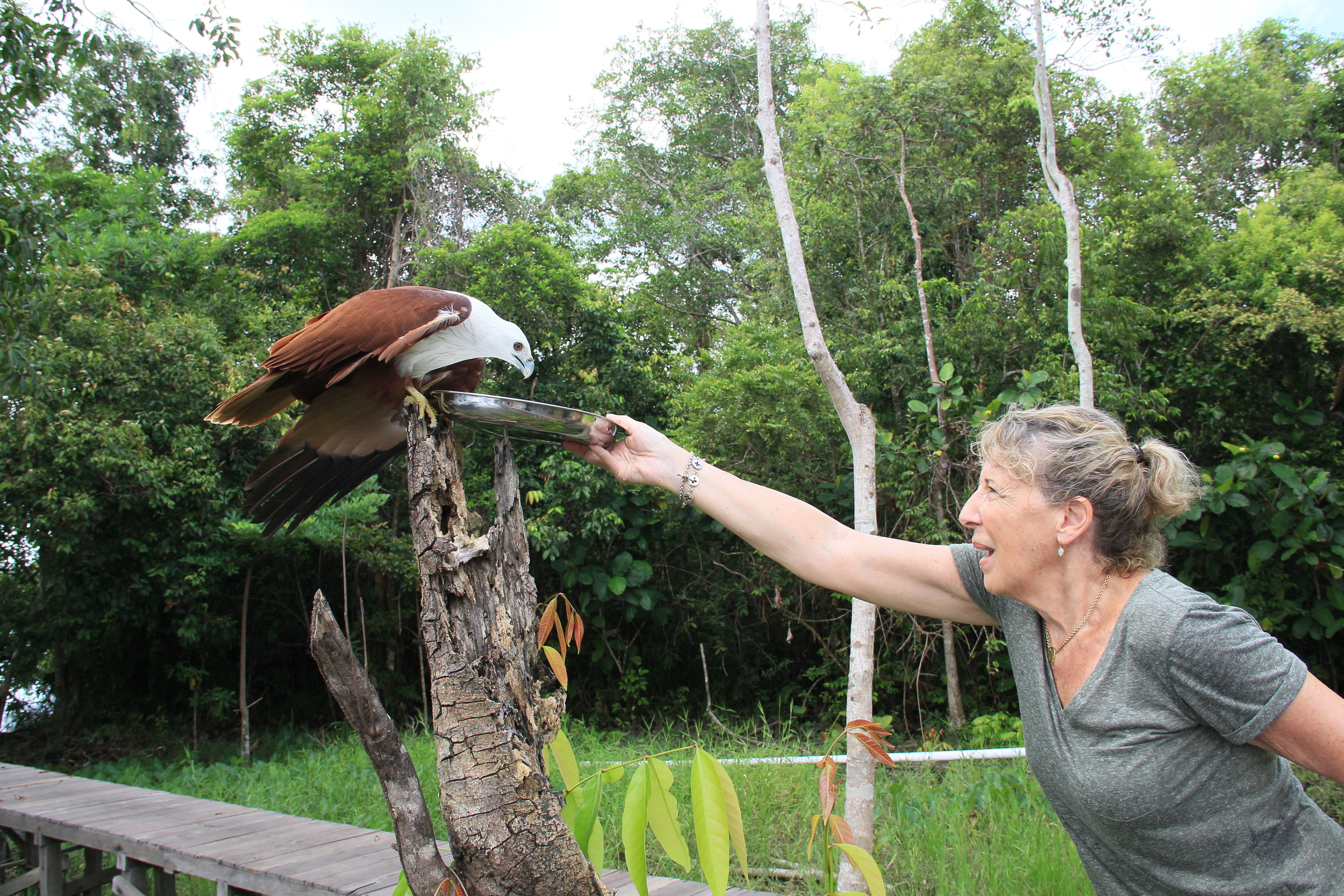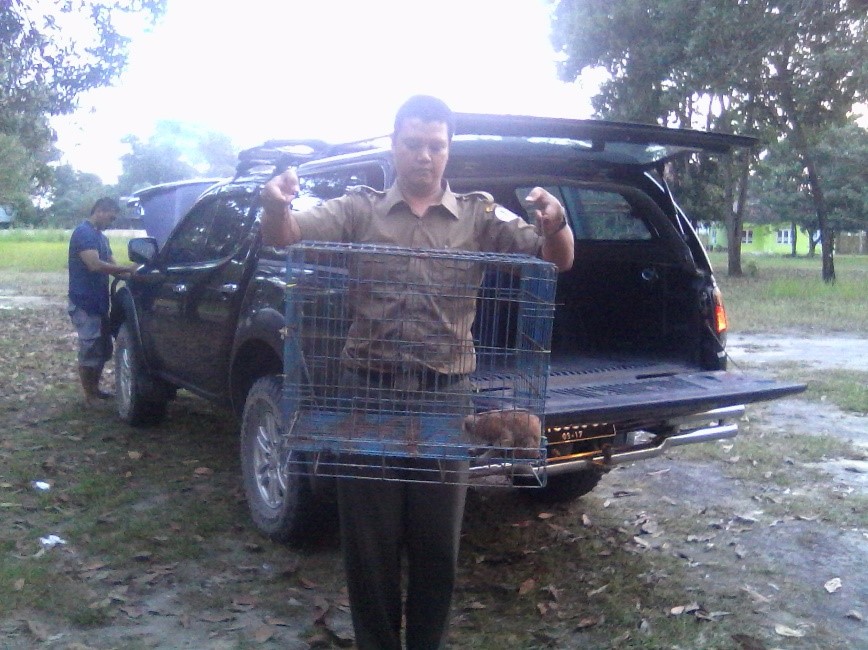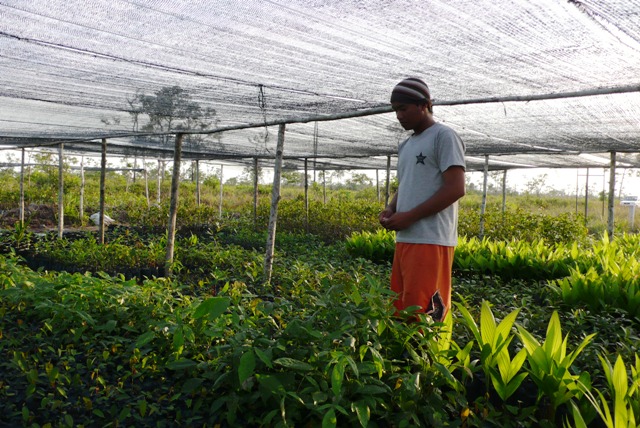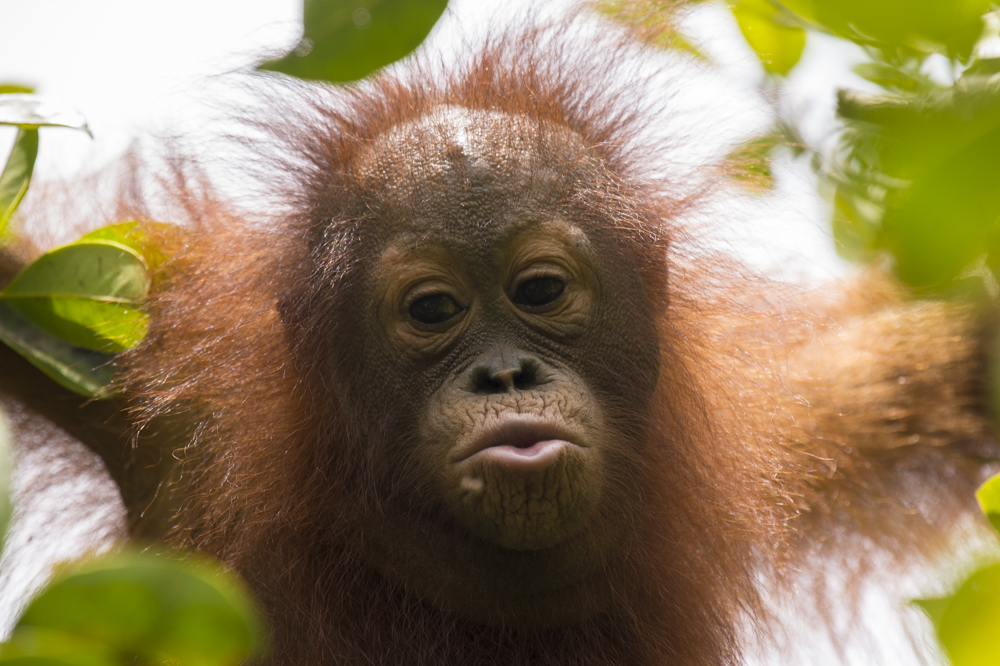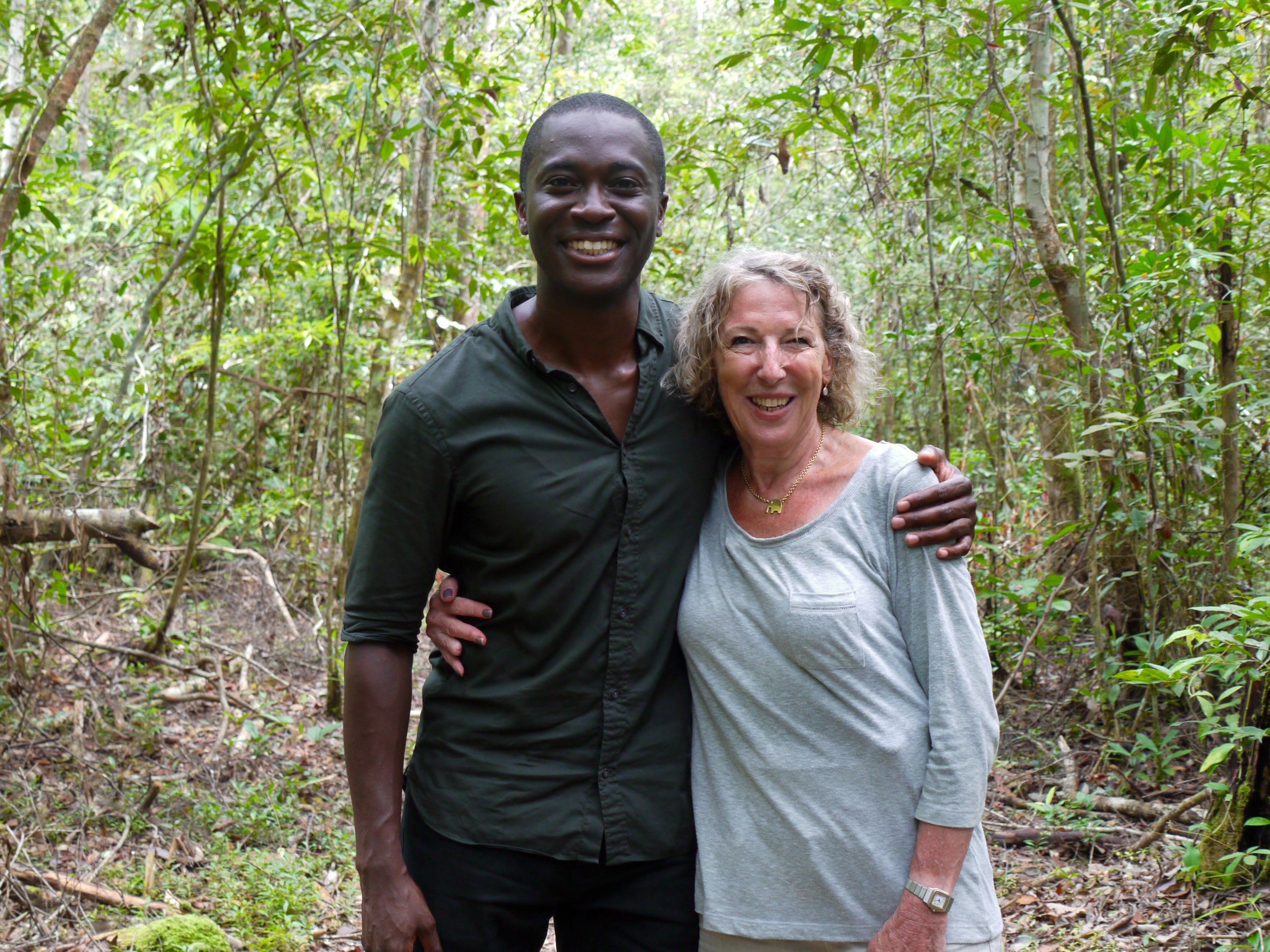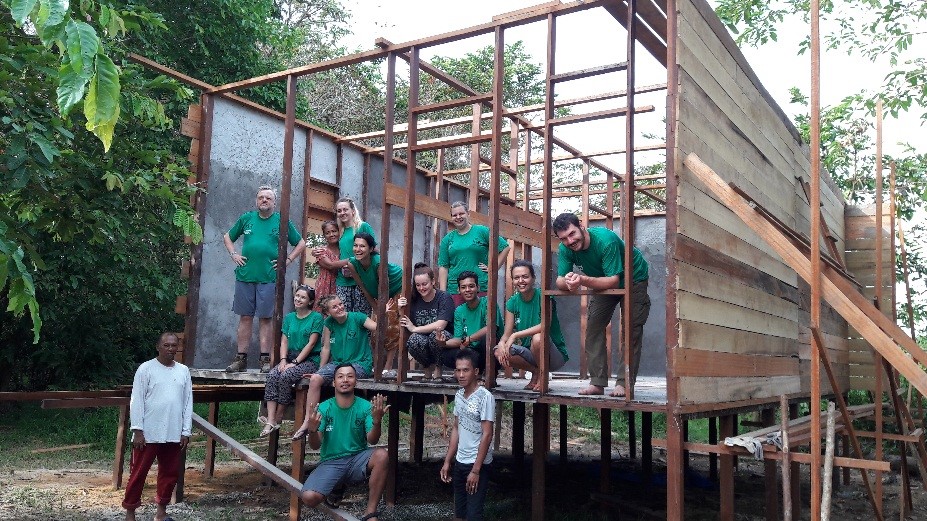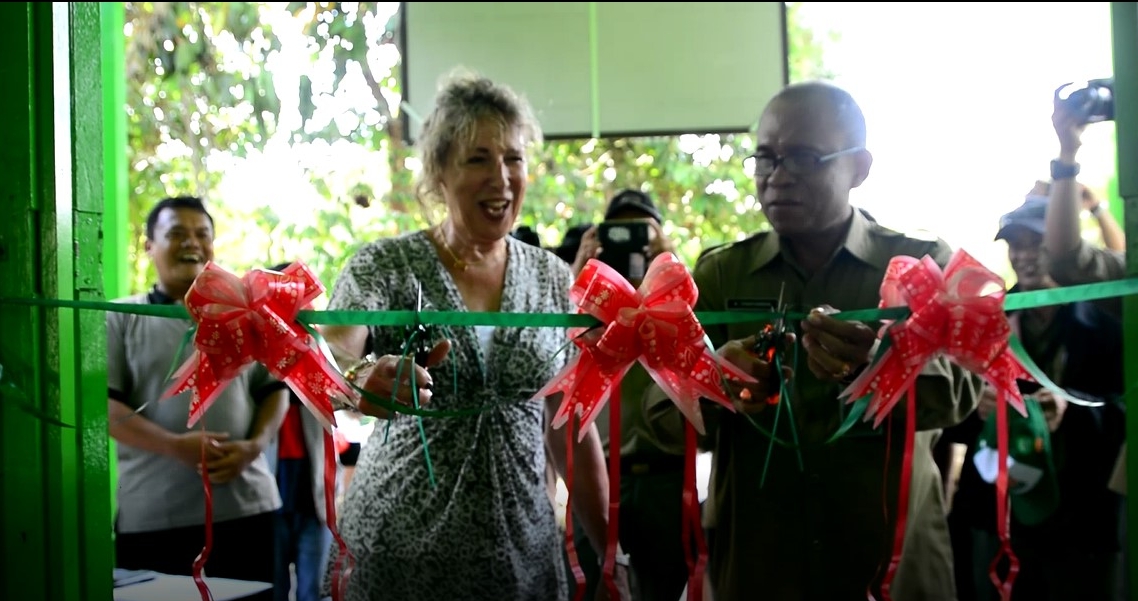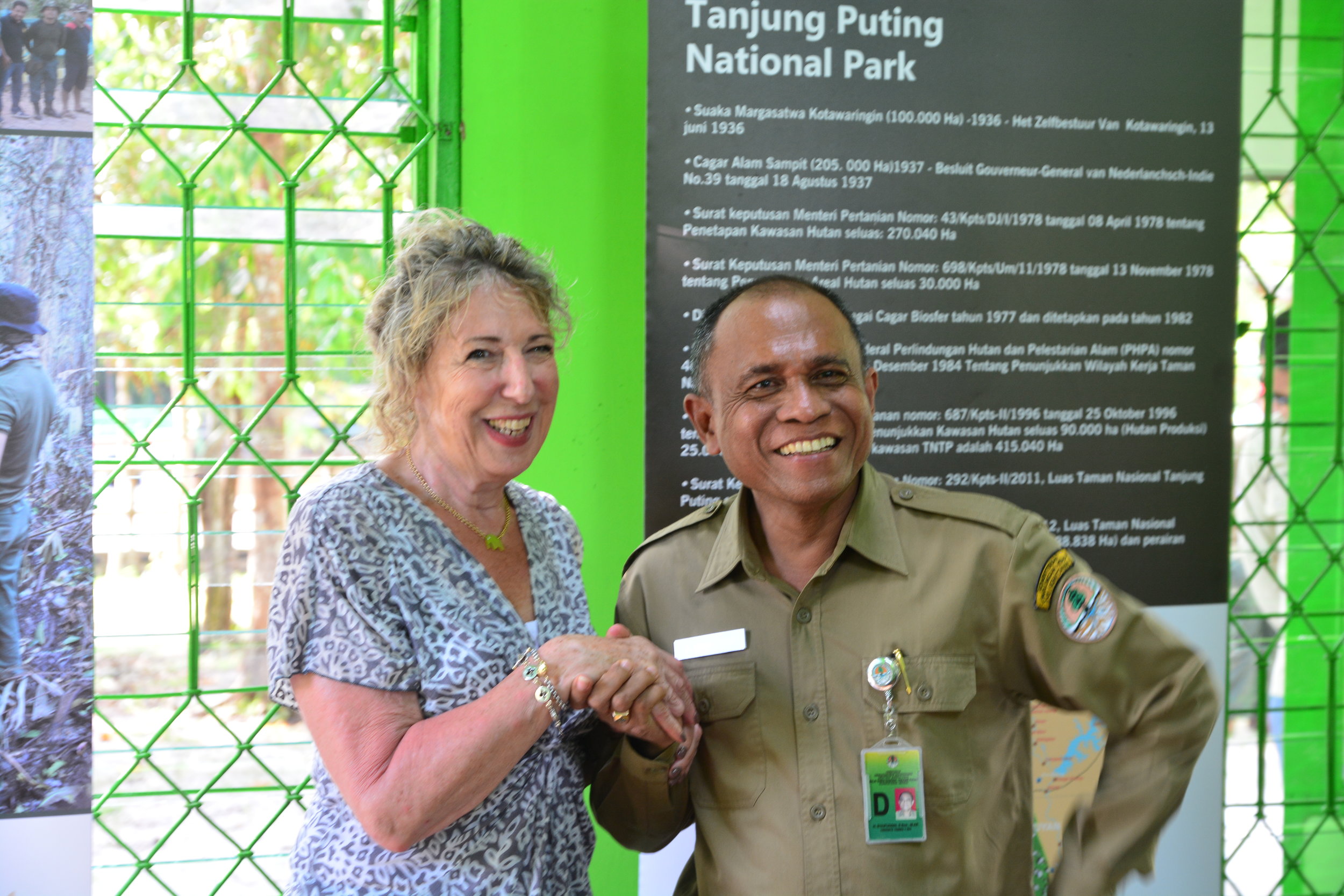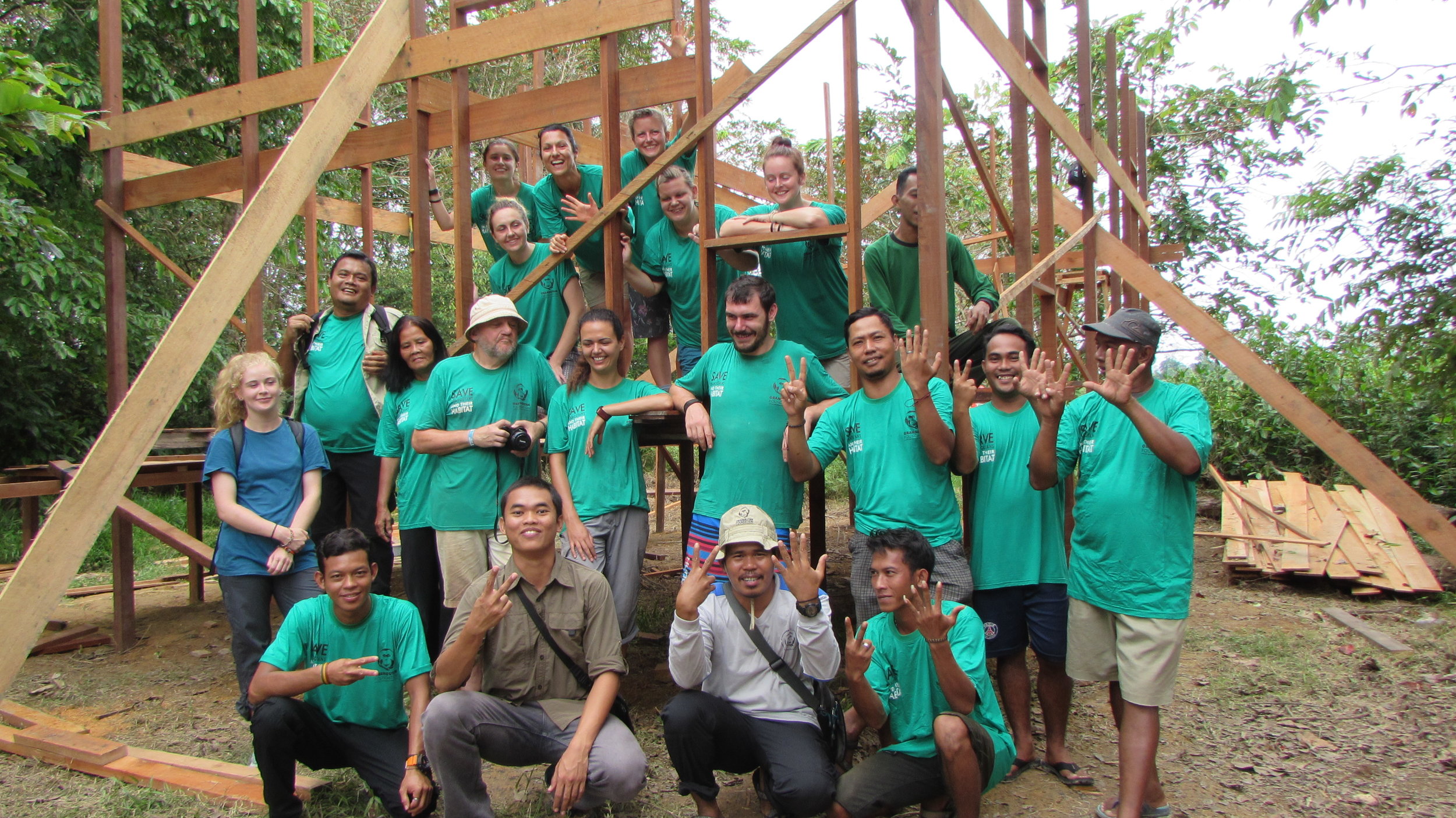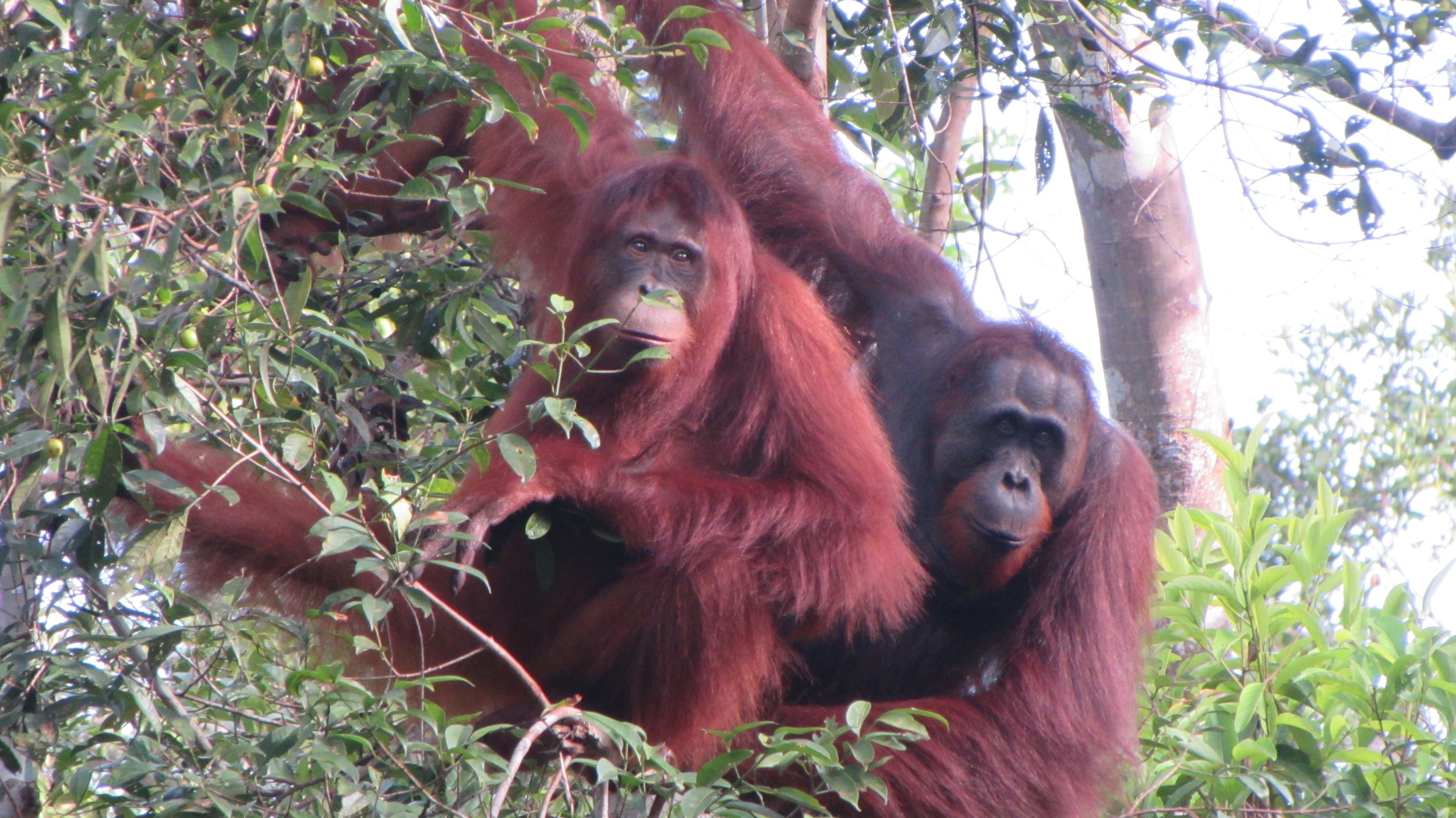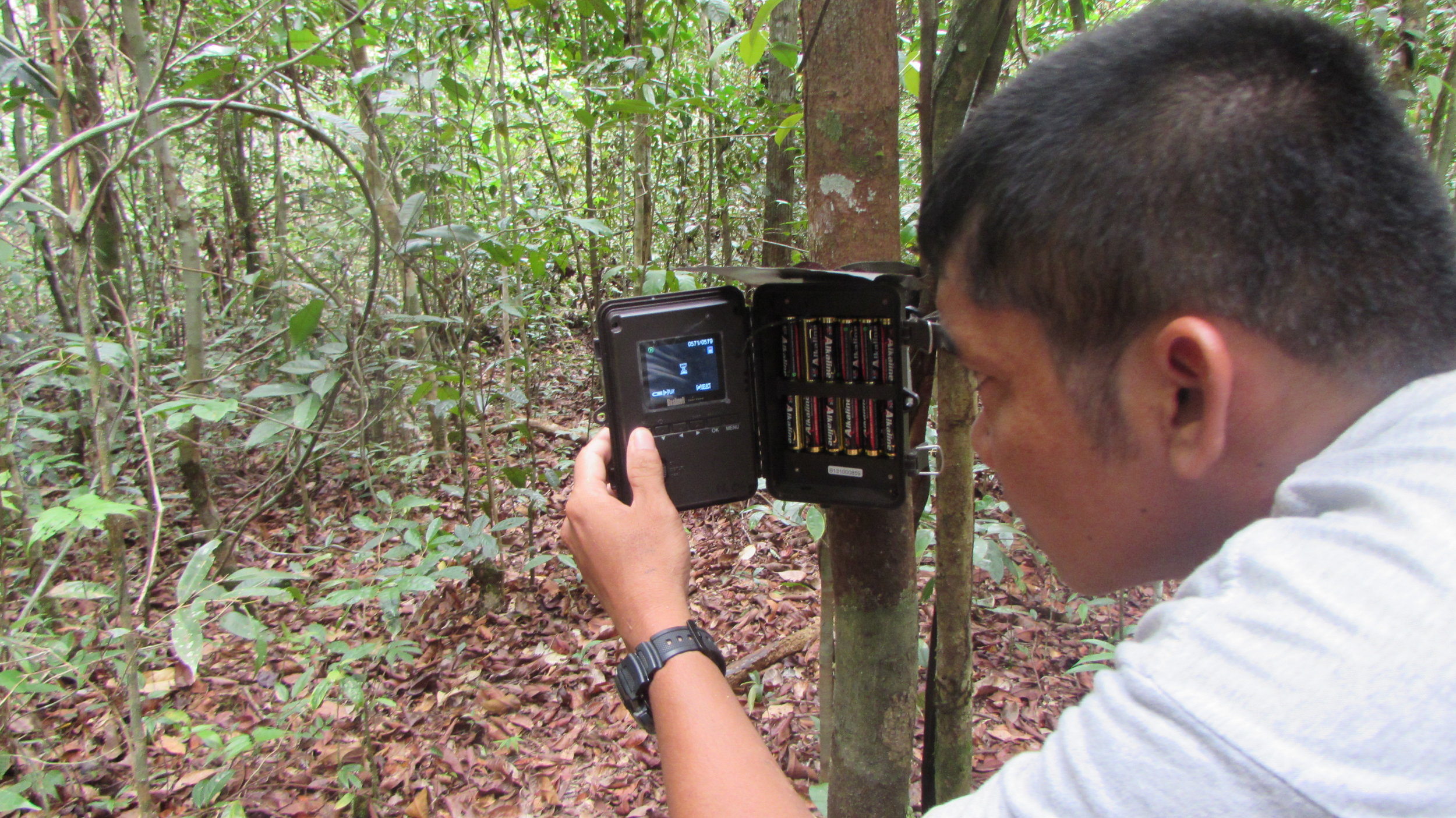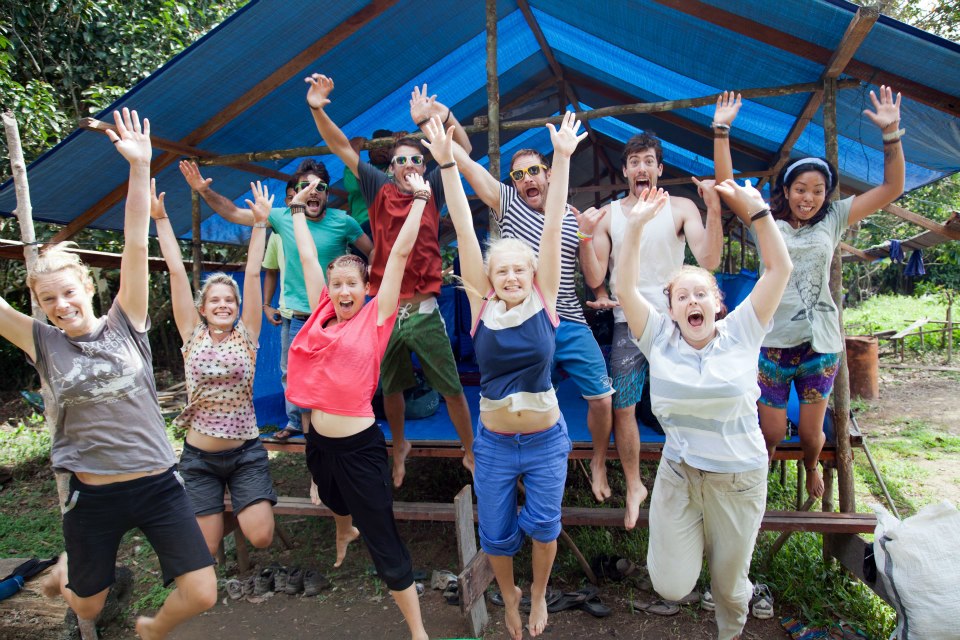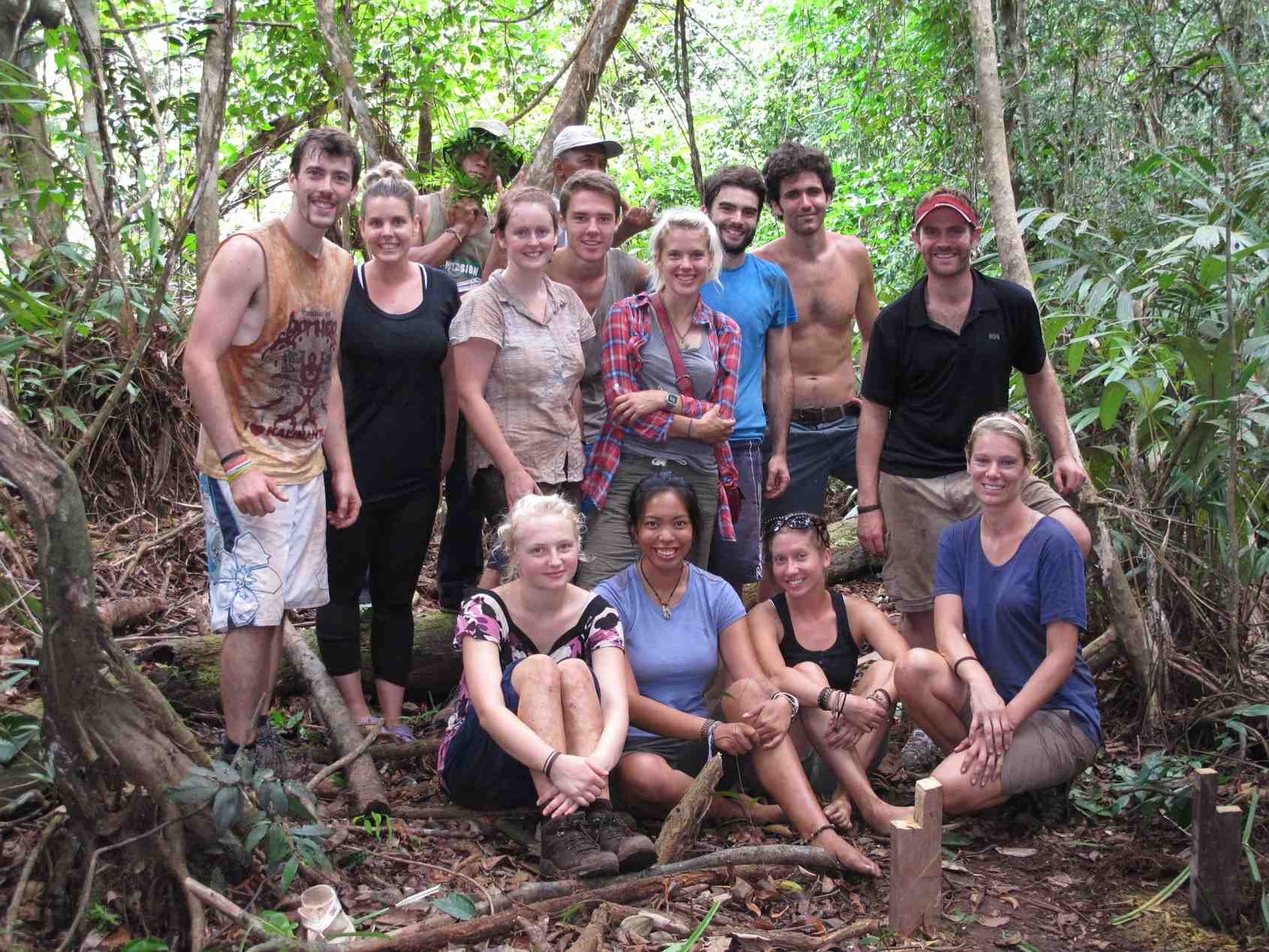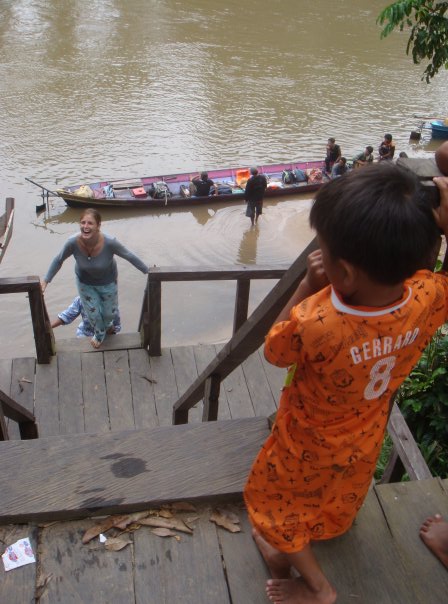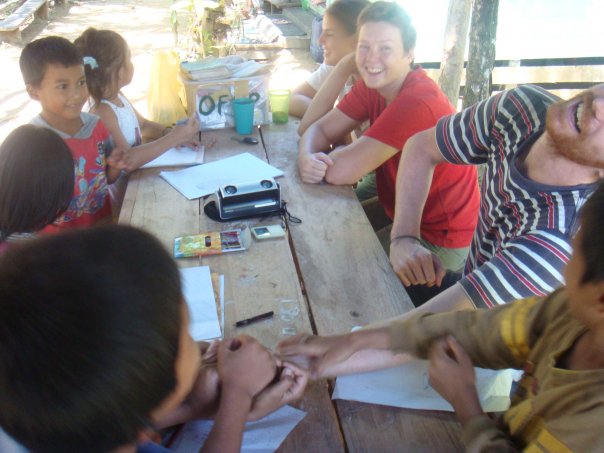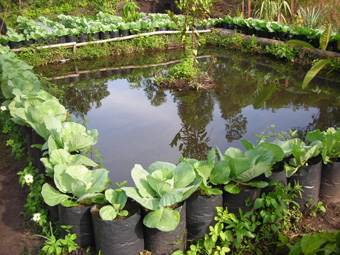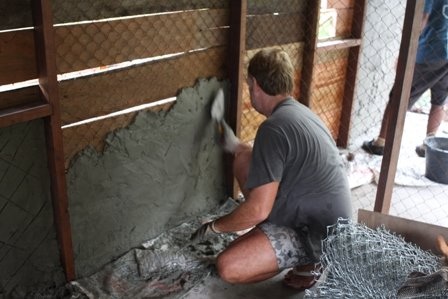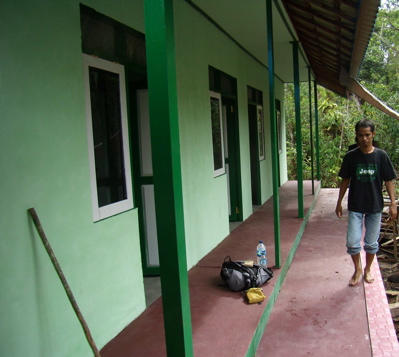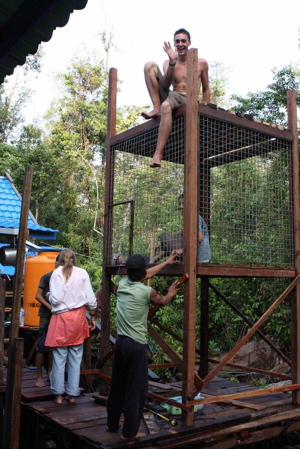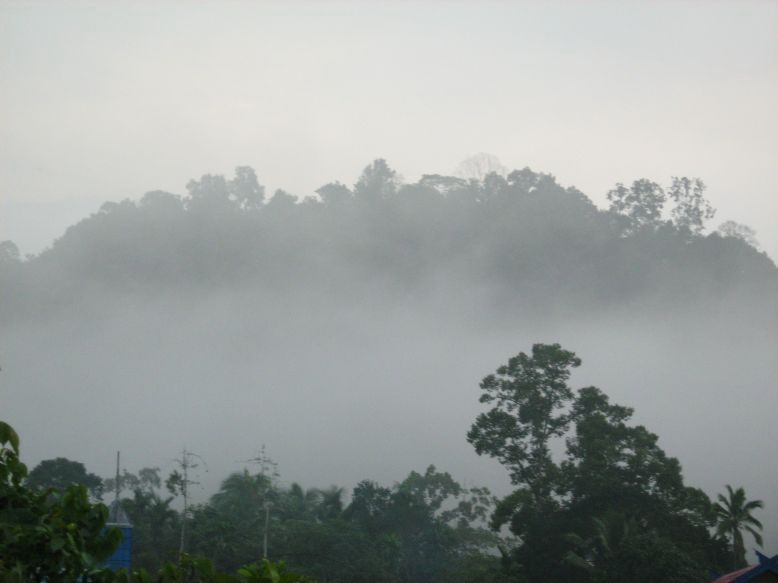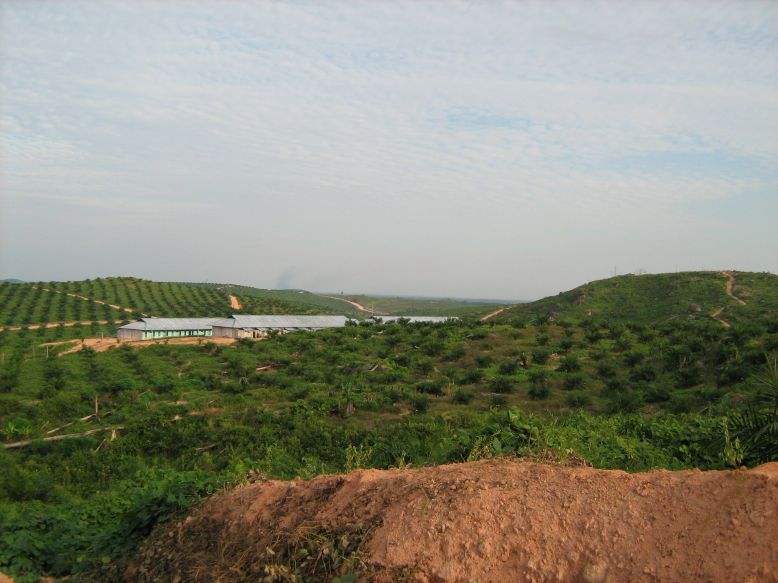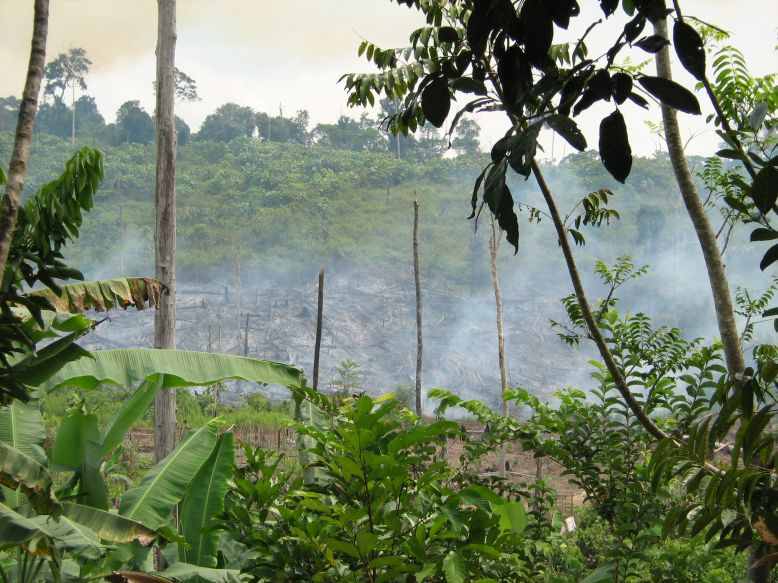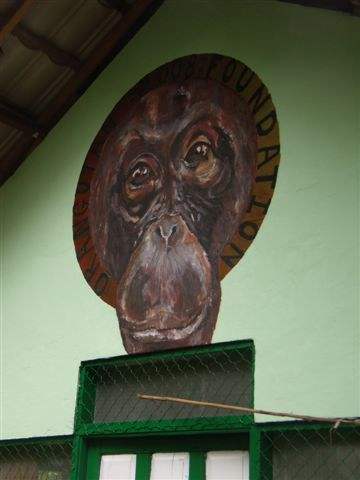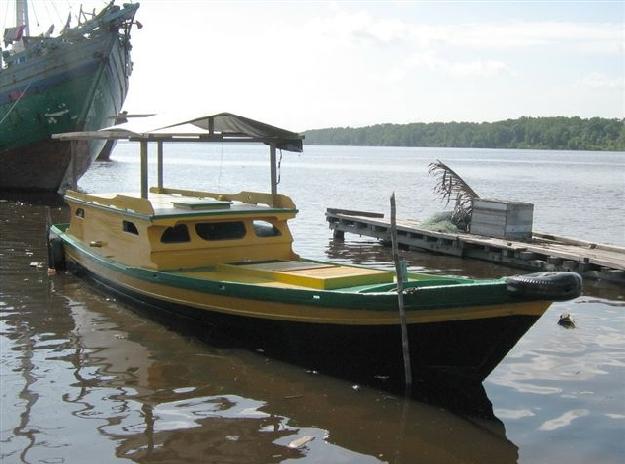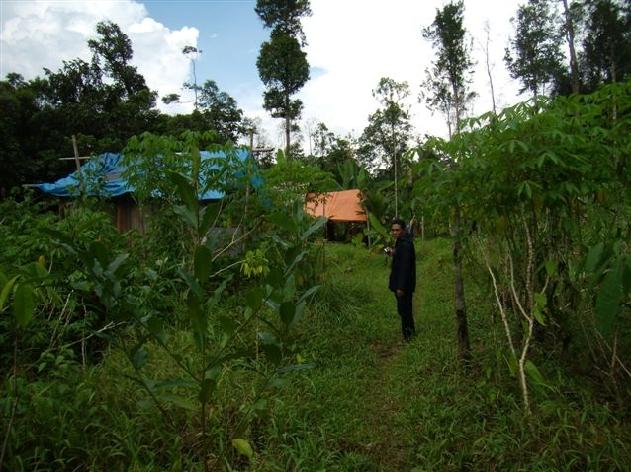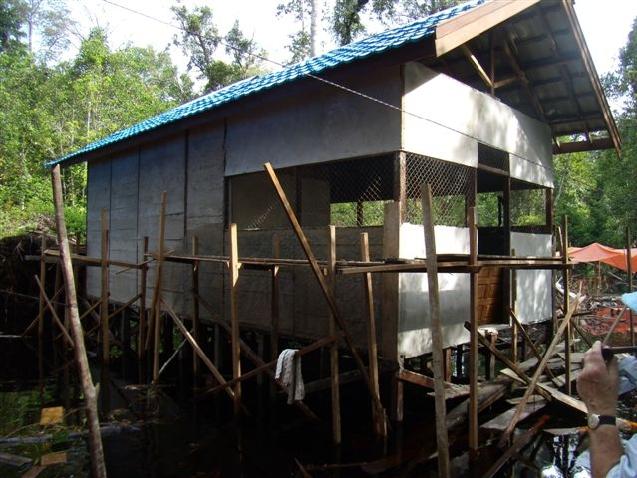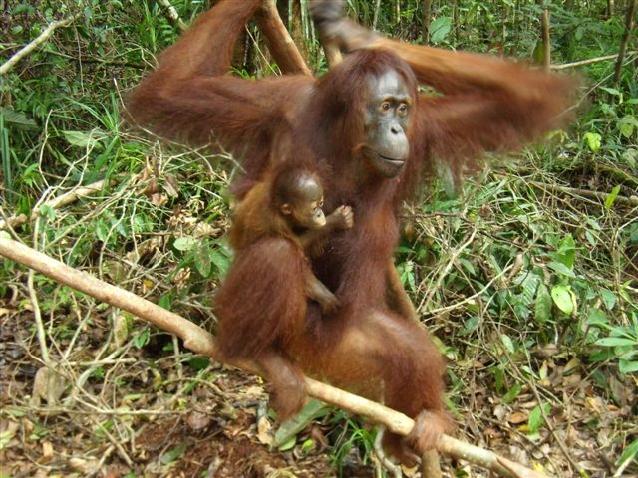I have been running the Orangutan Foundation’s Volunteer Programme for 4 years now, and remain proud to be doing so. I have visited the Programme a couple of times since my first participation in 2001 and I am as blown away by the experience now as I was then!
Originally set up as a method of bolstering our field operations whilst offering individuals the opportunity to actively help and experience a unique lifestyle in Borneo, it continues to be an unbridled success. Its achievements to-date include; a number of guard and patrol posts in Tanjung Puting National Park and the Lamandau River Wildlife Reserve; an orangutan release camp; provision of clean drinking water to villages in the Belantikan Hulu region; and the Pondok Ambung Tropical Forest Research Station , to name but a few!

2009 Volunteer Team with Orangutan Foundation staff
One of the things I love most about the Programme is its transparency – all money paid by volunteers goes into their project that year, paying not only for the volunteer food and accommodation but also for the Indonesian staff, work tools and materials. Oh, and it is brilliant fun for everyone who takes part! The fact that we have had the same staff involved for years and that a significant number of volunteers return to Borneo speaks for itself.
2010 sees the Volunteer Programme enter its 11th year and we continue with our winning formula – teams of 12 people go out for a 6 week period and live a basic lifestyle, helping with manual labour and construction work to aid our field operations.

Camp Mangkung, built and painted by volunteers in 2008
In 2008, the Volunteer Programme built the Lamandau reserve’s 6th orangutan release camp, called Camp Mangkung. It consists of a kitchen and storeroom, accommodation rooms, office and orangutan holding cage. Mangkung was recently designated as an official site for the release of translocated orangutans - meaning that wild healthy orangutans directly threaten by habitat destruction (eg from a palm oil plantation, like female orangutan Memes), can be moved and will be released at Camp Mangkung.
During the dry season or times of low rain, river access to Camp Mangkung is impossible and so we need to build a boardwalk so that we have reliable access to the site. This will be the focus of the 2010 project - thus there will be high levels of chiselling, sawing and hammering….plus some digging!
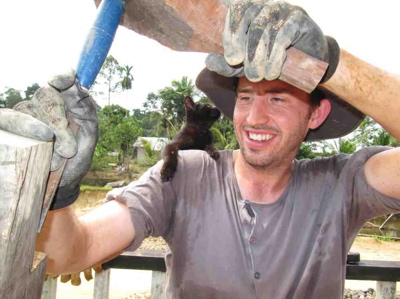
John a volunteer from Team 2 in 2009 with a little helping paw!
If you want to spend a unique 6 weeks doing something worthwhile for orangutan conservation, make friends for life and see orangutans in the wild, then why not make this the year to join us?

What all the hard work is for!
Dates for the 2010 Programme are:
Team 1 – 1st May to 12th June
Team 2 – 26th June to 7th August
Please note that it is extremely likely that we will be running a 3rd team from, 21st August. This will be confirmed within the next couple of weeks on our website.
Further information may be found in the 2010 Volunteer Programme Brochure on our website.
Elly - Orangutan Foundation Development and Volunteer Co-ordinator
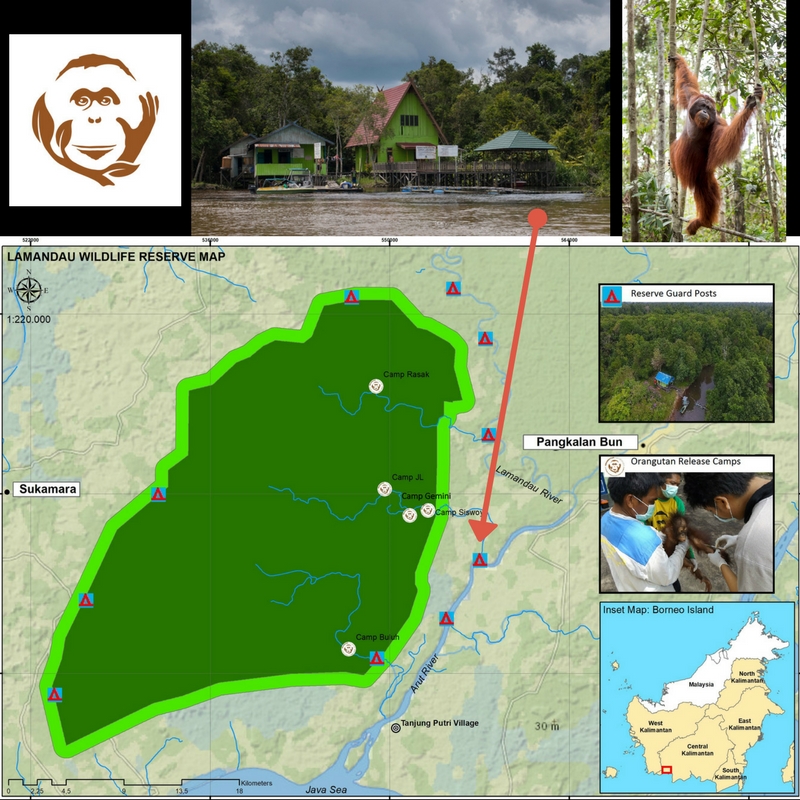
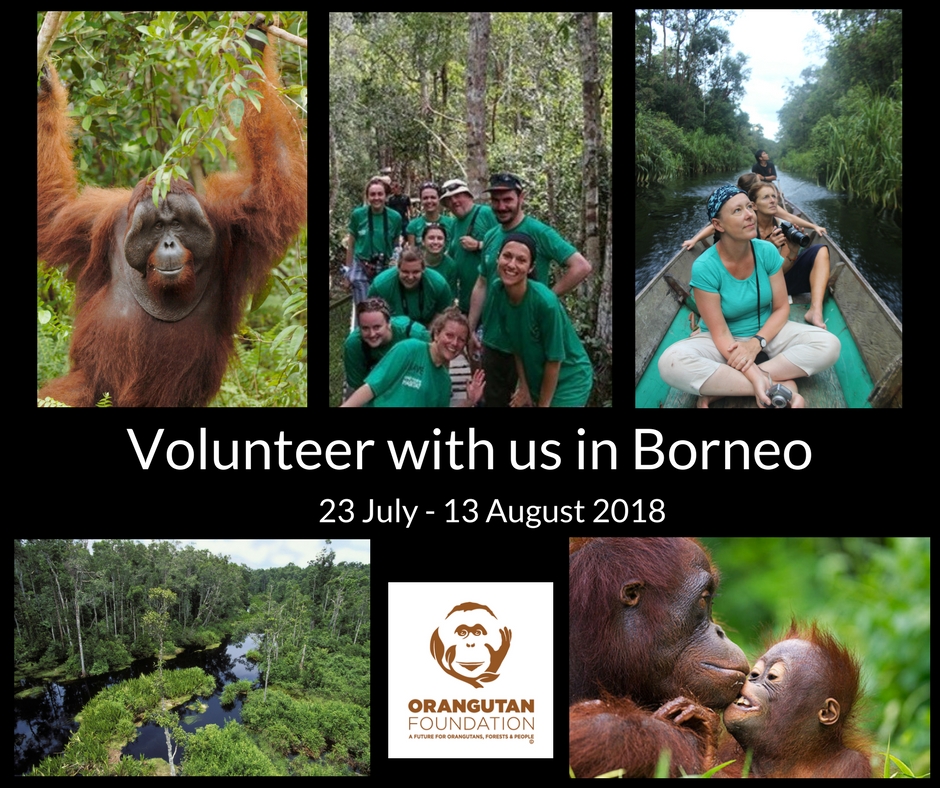


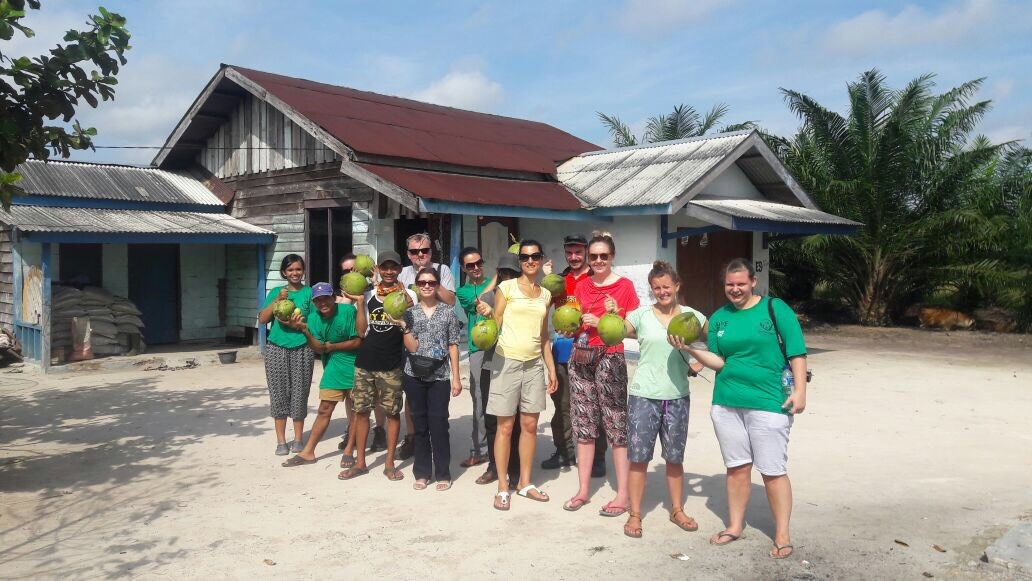
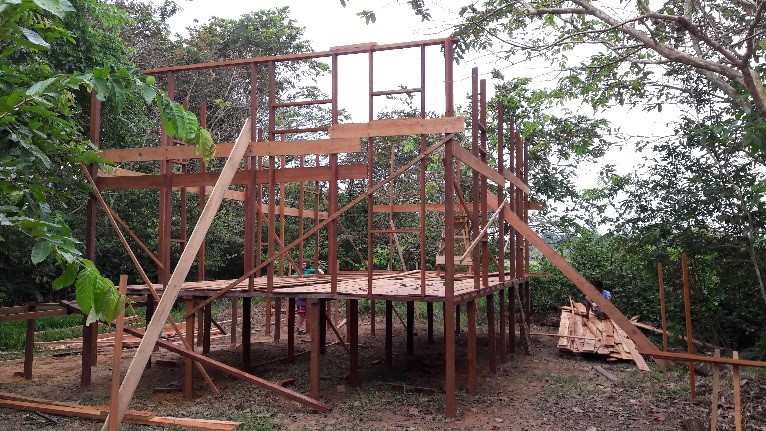
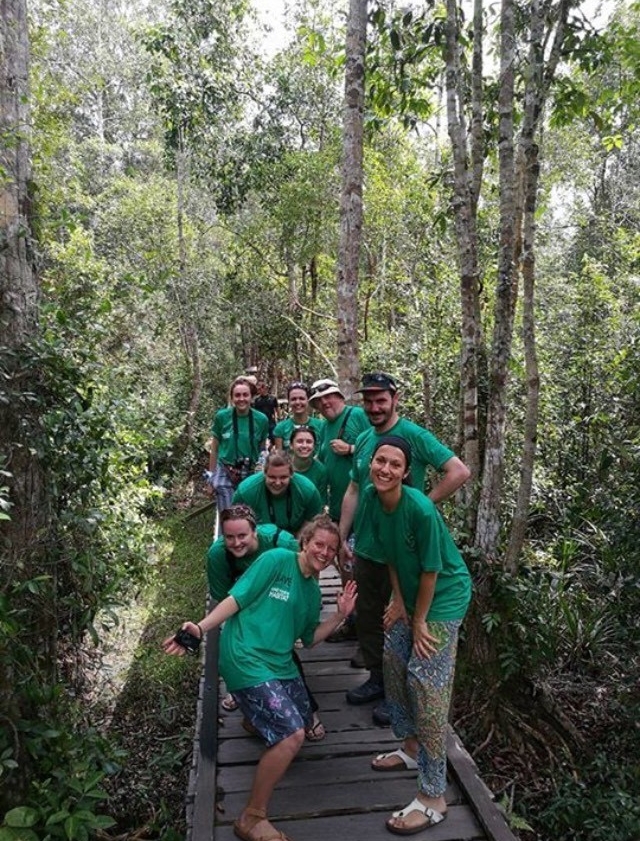
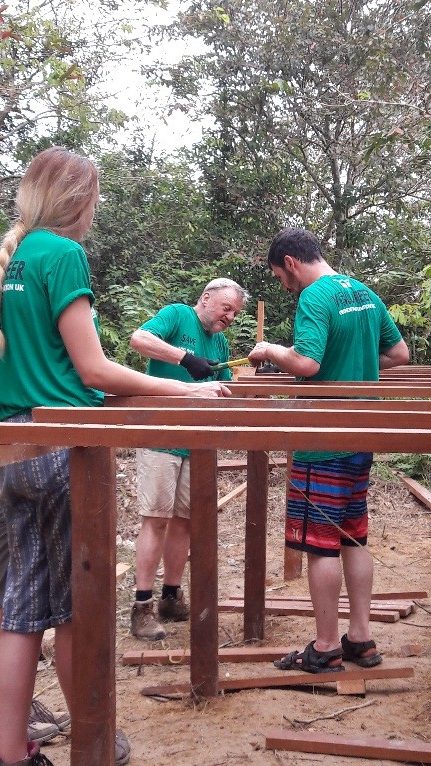
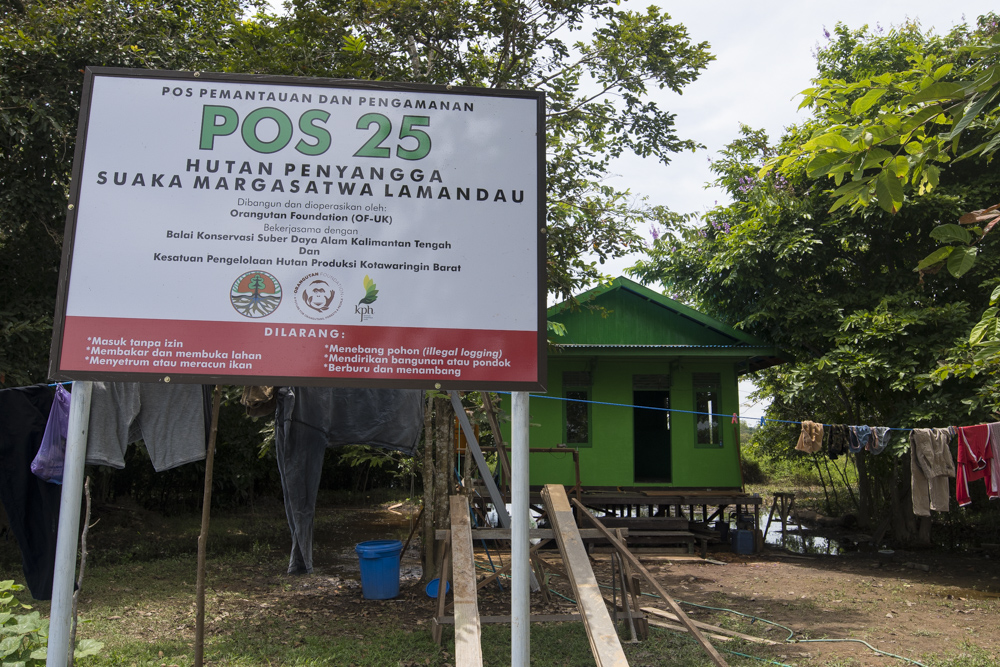
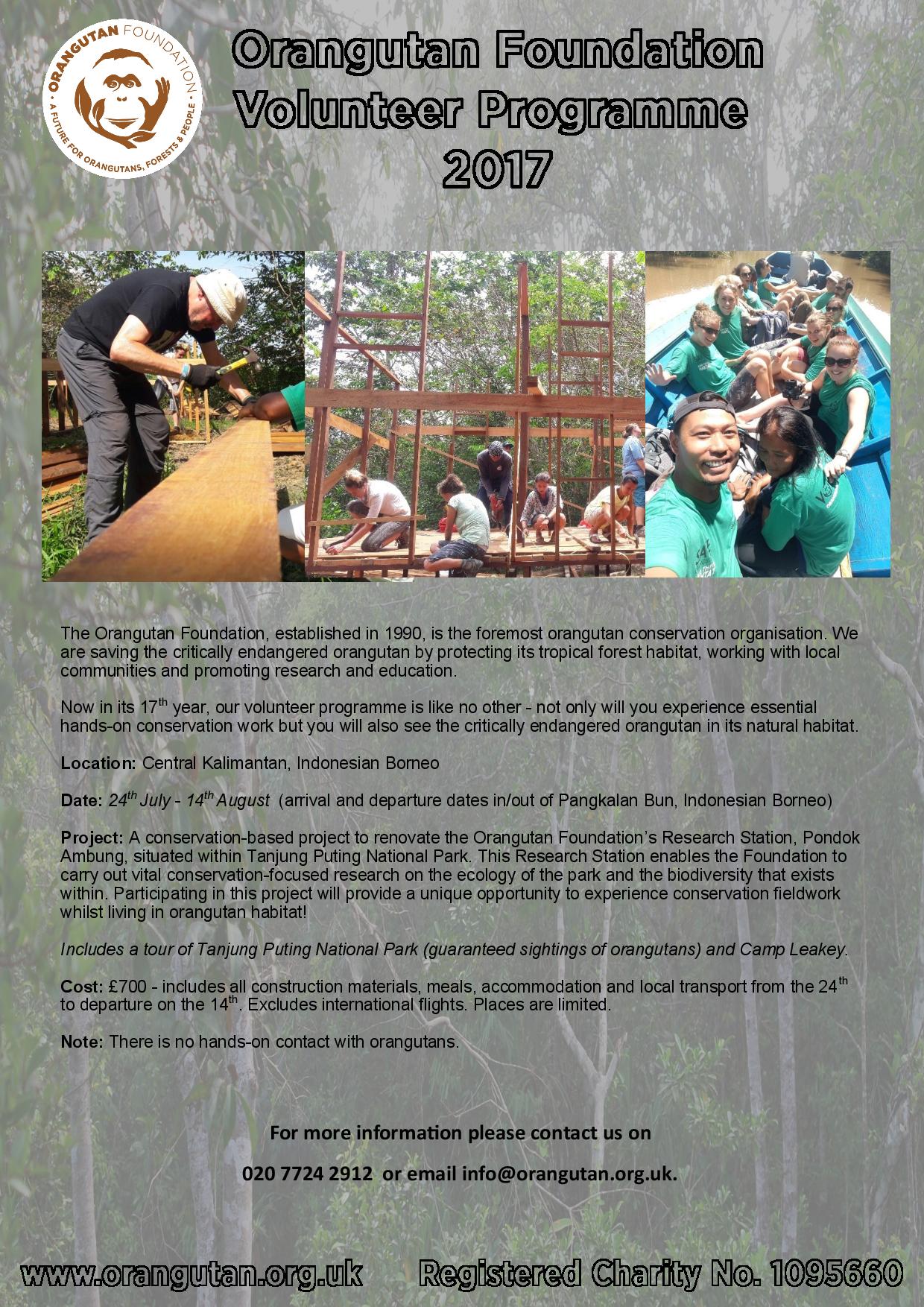
 6,000 wild Bornean orangutans live in the Belantikan region. The largest population outside of a protected area. Orangutan Foundation actively engages key stakeholders to conserve this critical tropical forest ecosystem.
6,000 wild Bornean orangutans live in the Belantikan region. The largest population outside of a protected area. Orangutan Foundation actively engages key stakeholders to conserve this critical tropical forest ecosystem.
